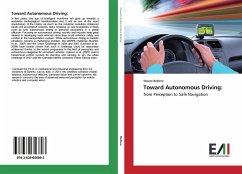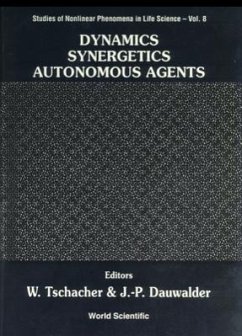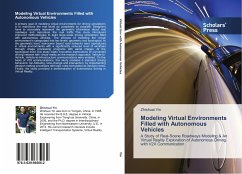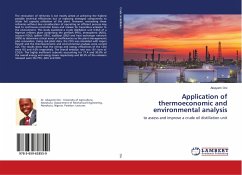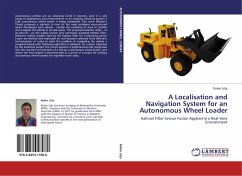
A Localisation and Navigation System for an Autonomous Wheel Loader
Kalman Filter Sensor Fusion Applied in a Real-time Environment
Versandkostenfrei!
Versandfertig in 6-10 Tagen
32,99 €
inkl. MwSt.

PAYBACK Punkte
16 °P sammeln!
Autonomous vehicles are an emerging trend in robotics, seen in a vast range of applications and environments. In an ongoing industrial project a fully autonomous wheel loader is being developed. This work (Master s Thesis) proposes a solution to two of the main problems encountered when developing such vehicle - namely the problems of how to localise and navigate the vehicle in its task space. The proposed solution relies at its fulcrum - on the widely known and commonly accepted Kalman filter. Different vehicle models used by the Kalman filter for conducting sensor fusion are derived and eval...
Autonomous vehicles are an emerging trend in robotics, seen in a vast range of applications and environments. In an ongoing industrial project a fully autonomous wheel loader is being developed. This work (Master s Thesis) proposes a solution to two of the main problems encountered when developing such vehicle - namely the problems of how to localise and navigate the vehicle in its task space. The proposed solution relies at its fulcrum - on the widely known and commonly accepted Kalman filter. Different vehicle models used by the Kalman filter for conducting sensor fusion are derived and evaluated on real datasets collected from different environments. In order to solve the problem of navigating the vehicle a waypoint-based path following algorithm is adopted. As a given objective by the industrial project the found solution is implemented and integrated into the real-time environment of a full size autonomous wheel loader, and where the final system is demonstrated as a proof of concept for utilising autonomous wheel loaders for repetitive work tasks.




